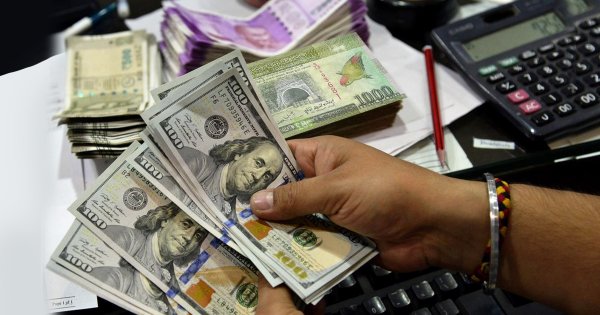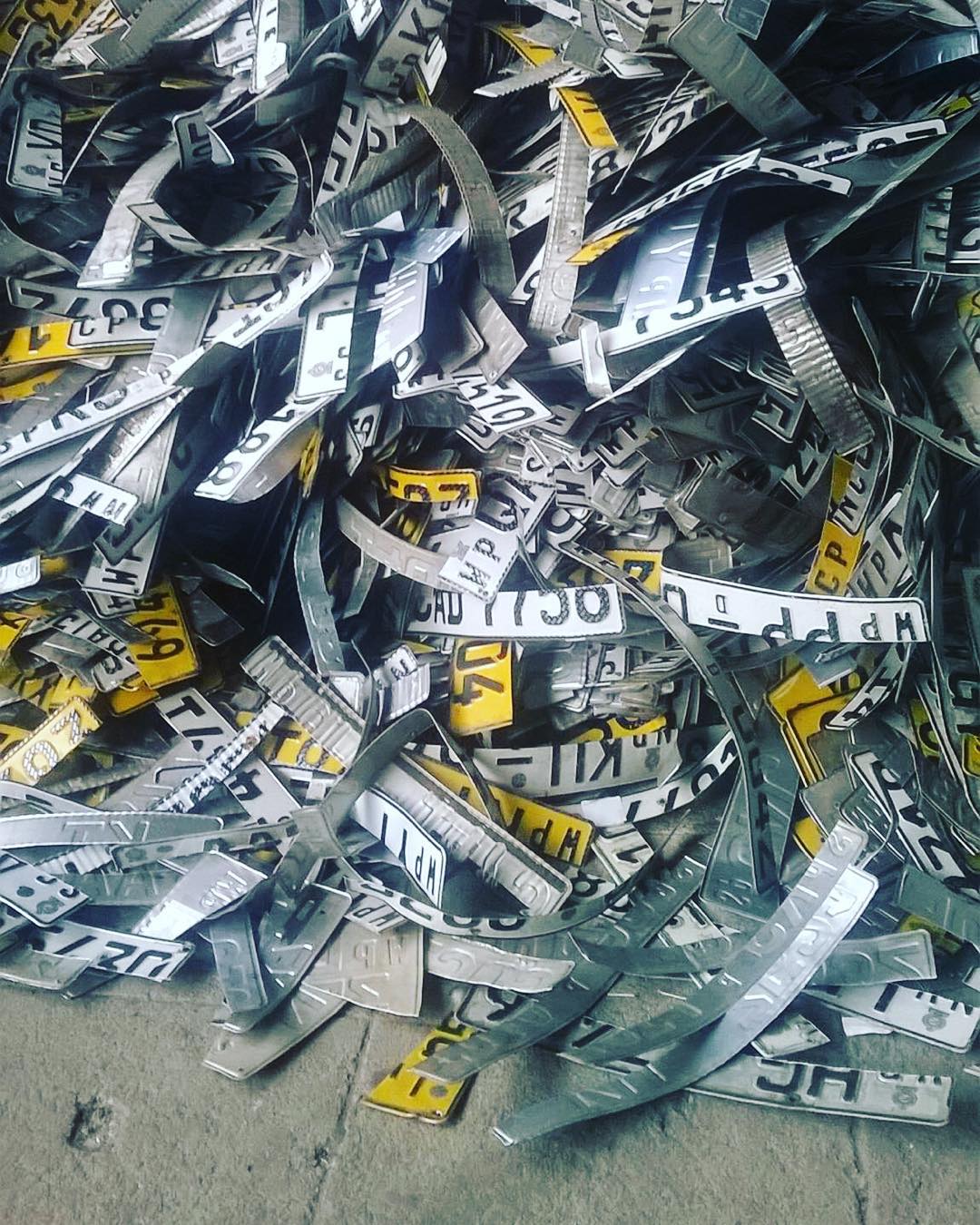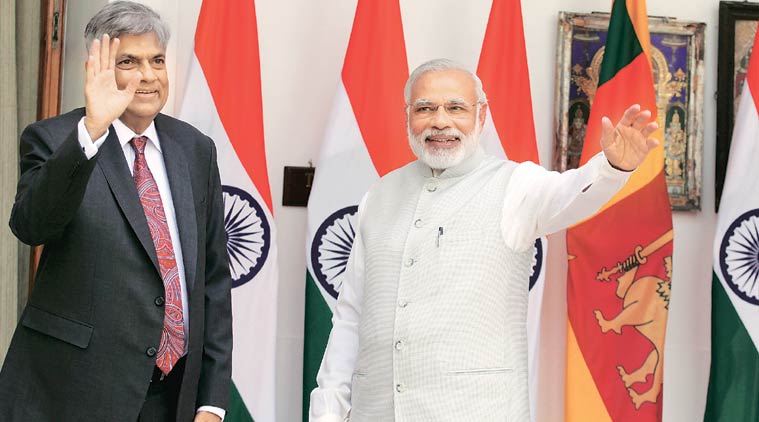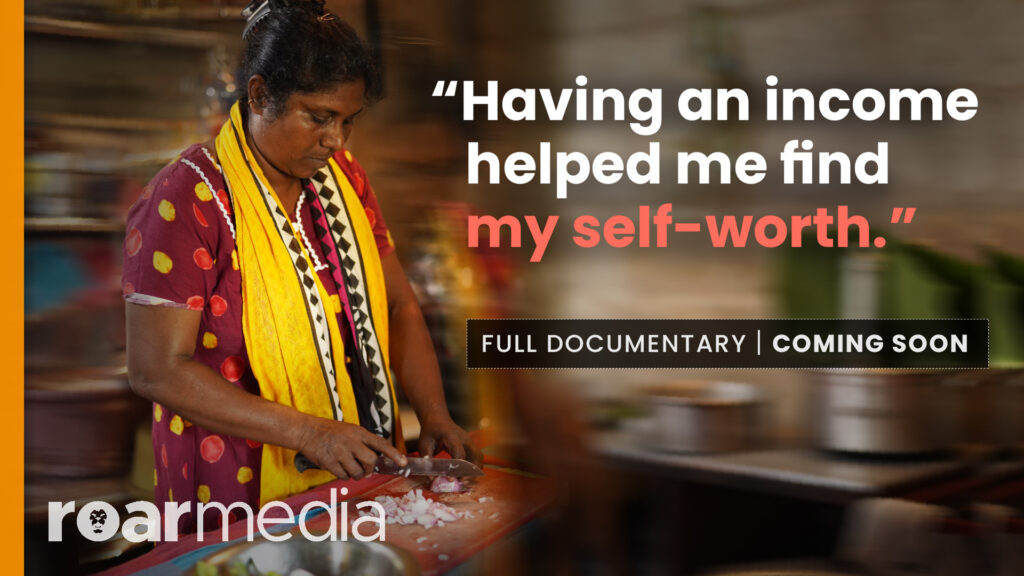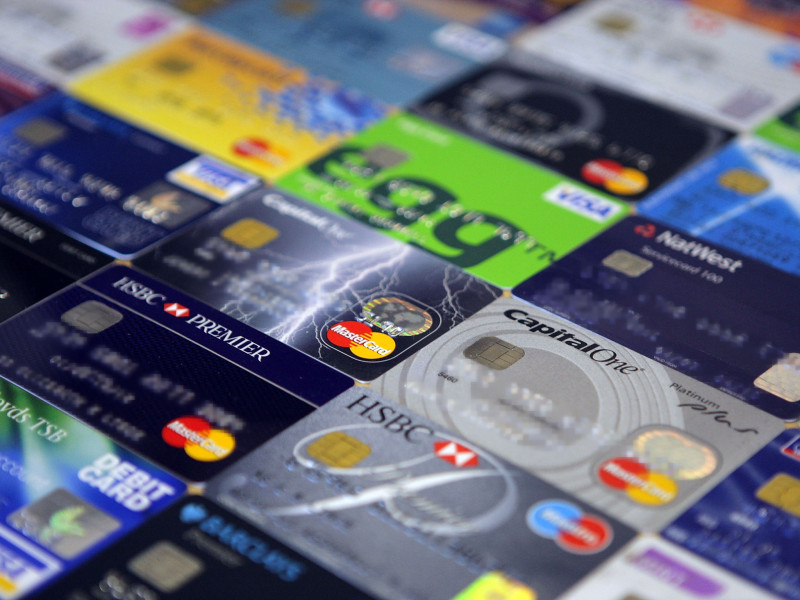
The shopping season just ended, and those of you who paid for everything with your credit card must be getting nervous. Every department store in town had discounts and “amazing deals” on offer to those who opted to pay with plastic rather than paper; and, now that January is here, it’s time to pay up. (Nothing like buyer’s remorse to get you down after a month of carefree abundance, eh?) And credit card debt is no laughing matter.
Just How Bad Is The Situation In Sri Lanka?
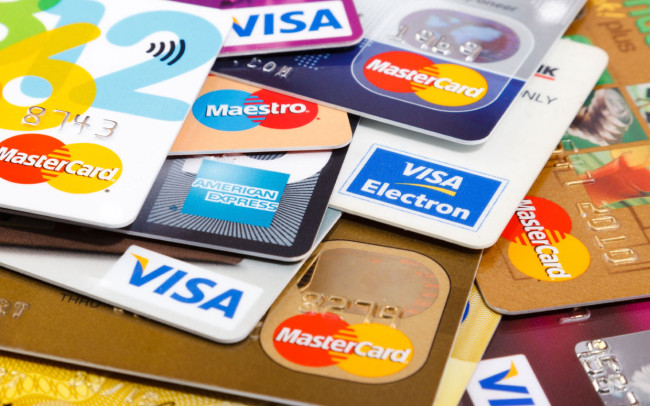
Image Credit: smartdailyliving.com/
There was a time when only businessmen (and a few women) of serious financial acumen, and a handful of corporate bigwigs, would carry a credit card on them; but with the commercial banking sector firmly cementing its place in all monetary aspects of Sri Lankan society over the years, it seems as though everybody’s got a thing for plastic these days.
Just five years ago, there were 824,309 card users in the country, with a total outstanding debt of Rs. 29.99 billion. A pretty low penetration compared to global standards, particularly in comparison to advanced economies, economist Deshal de Mel told Roar.
Going by Central Bank of Sri Lanka data, however, there is an observable upward trend. As of September 2015, there are 1,115,299 active credit cards in use. Of these, 31,289 are accepted only locally, while 1,084,010 (over 97%) are accepted globally.
This would, naturally, mean that the total outstanding balance would increase. As of September 2015, there was a total outstanding balance of Rs. 59 billion, which can be further broken down to: local Rs. 1.199 billion and global Rs. 57.894 billion.
Gone are the days when credit cards were the trophies of an affluent and elitist few. Banks, both state and private, have realised the potential for credit cards among the country’s ever-growing middle class, with many of them introducing affordable offers packaged with attractive benefits for lower to middle-income earners who have just entered the job market. A growing number of customers have opted for credit cards solely for the sheer convenience they provide.
Demographic information was, unfortunately, not available, but a senior official directly handling credit cards at a leading private commercial bank was able to provide us with a breakdown of spending. Here’s what it looks like:
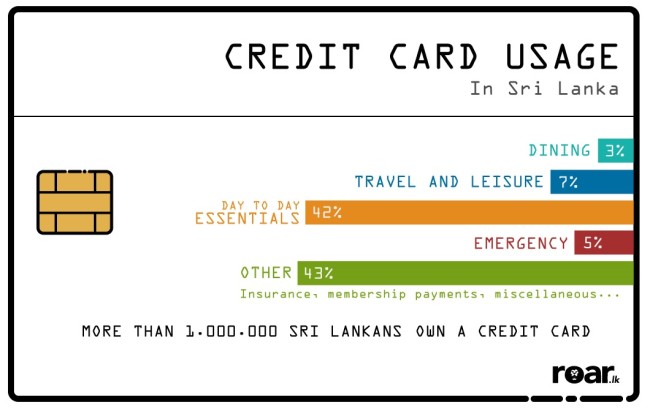
A breakdown on usage and overall credit card stats in Sri Lanka
Interestingly, usage differs among customers of state and private banks.
“The market leaders in credit cards are American Express (handled by Nations Trust Bank, and recently Sampath as well) and HSBC. The private commercial banks then follow, Sampath Bank, Commercial Bank, HNB etc. In sum, the private banks dominate the credit card space,” said Deshal, quoting figures recently published by VISA International.
However, not everybody is convinced. An overwhelming majority of the populace have yet to really embrace electronic transactions of any sort, let alone credit cards that not only leave you indebted to banks but are also, in their view, not 100% secure. Sri Lankans in general seem to have major trust issues when it comes to paying for goods and services electronically, for various reasons including, but not limited to, a perceived lack of transparency (whispers of hidden charges abound).

Paying with credit card online, something a majority of users are still wary of. Image Credit: rojasi.cl
An area that still hasn’t seen much progress is online transactions. Even those who already use credit cards, it seems, are reluctant to pay for stuff online with their card. There seems to exist some sort of invisible barrier between the little box where you enter your CC number and the vast, scary interwebs waiting to steal your hard earned money.
“My hunch is that it’s mainly due to security concerns and lack of familiarity with the practice. This is changing though, starting with the younger generation,” said Deshal.
Banks have been trying to reverse this trend for a while now.
“There have been lots of promotions of electronic banking – some of the local online banking channels are excellent, and there are ongoing promotions to encourage such online transactions. Most bank websites allow you to pay utility bills and make other transfers online, and there is growing usage of this,” he said.
There are also new electronic delivery channels such as bank apps, internet payment gateways and mobile payment gateways that are seeing increasing use for commercial transactions (see the growth in e-commerce for instance), explained Deshal.
“Again, low penetration, but growing,” he added.
So, what do you think? How have you contributed to card usage in Sri Lanka? Take this quick survey and let us know:
[total-poll id=5701]
[total-poll id=5693]
[total-poll id=5694]
[total-poll id=5695]
[total-poll id=5696]
*Please note that this article does not cover debit cards.
